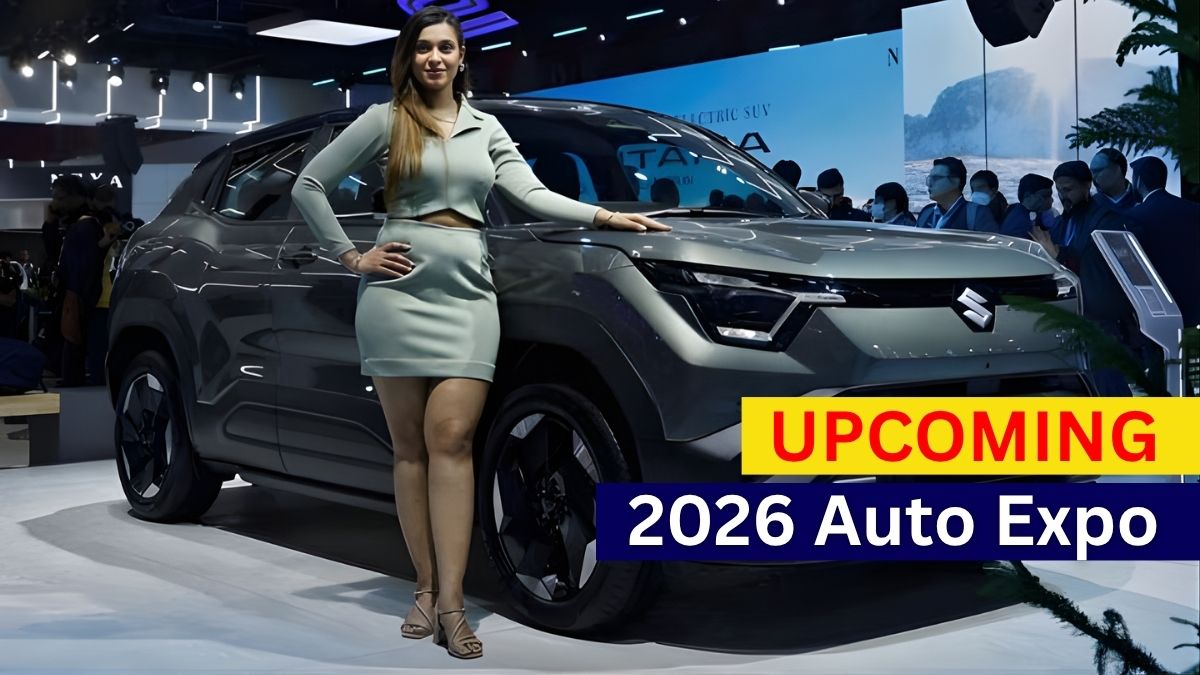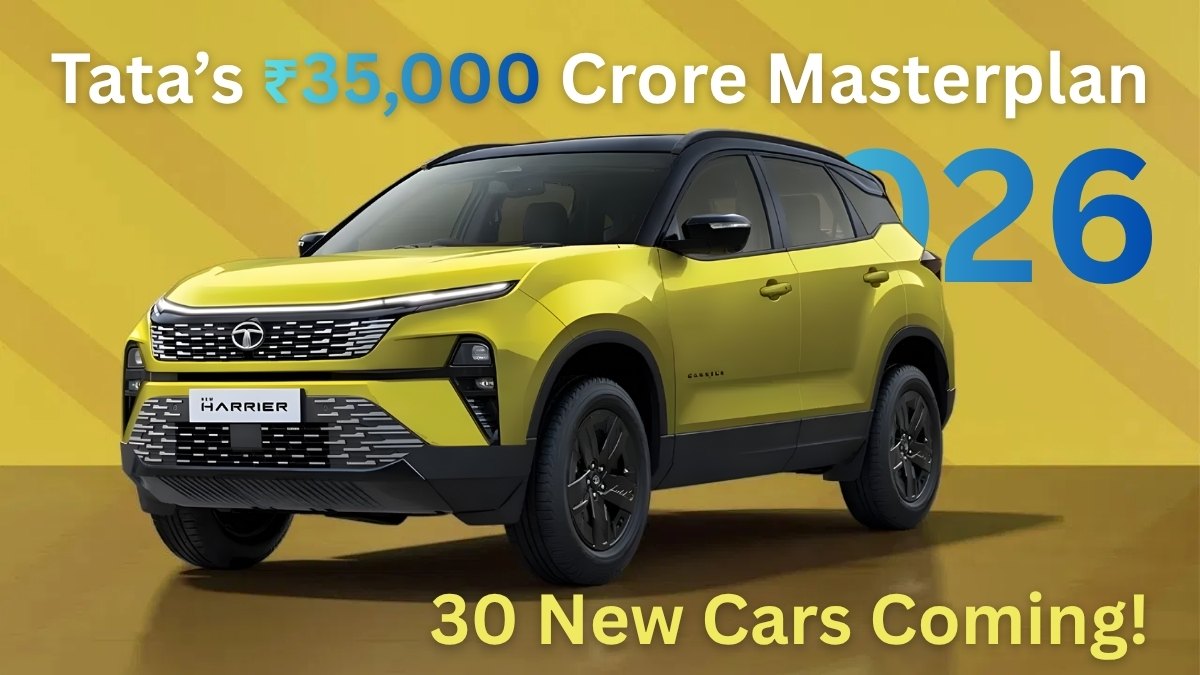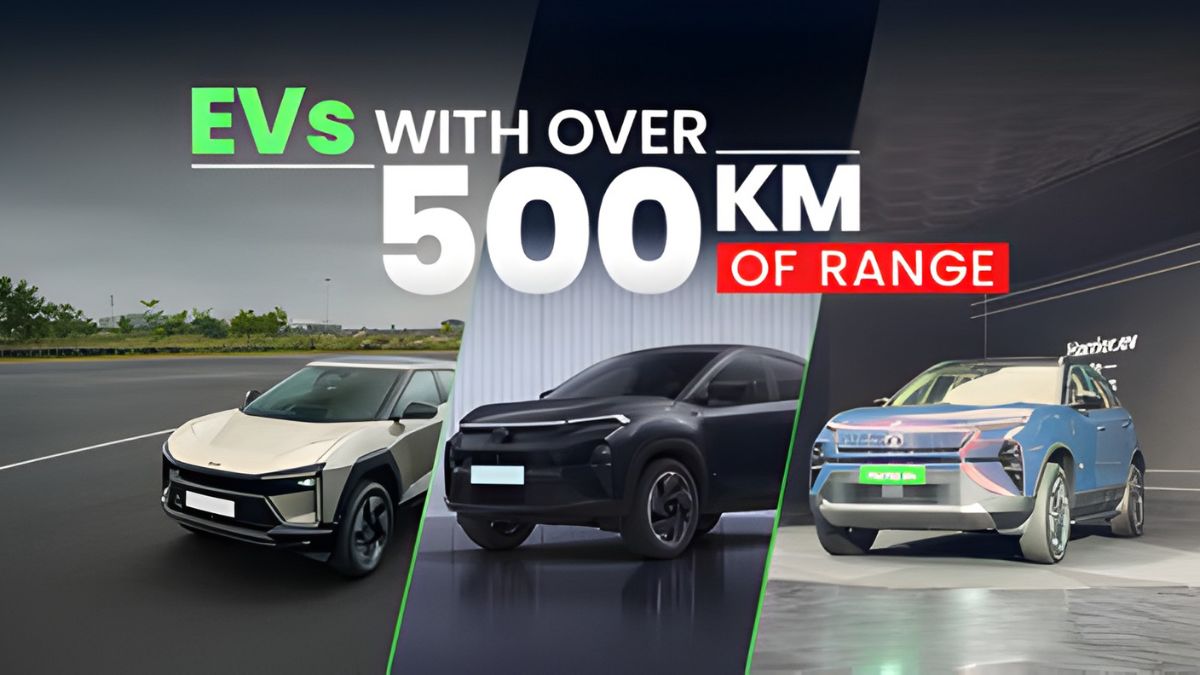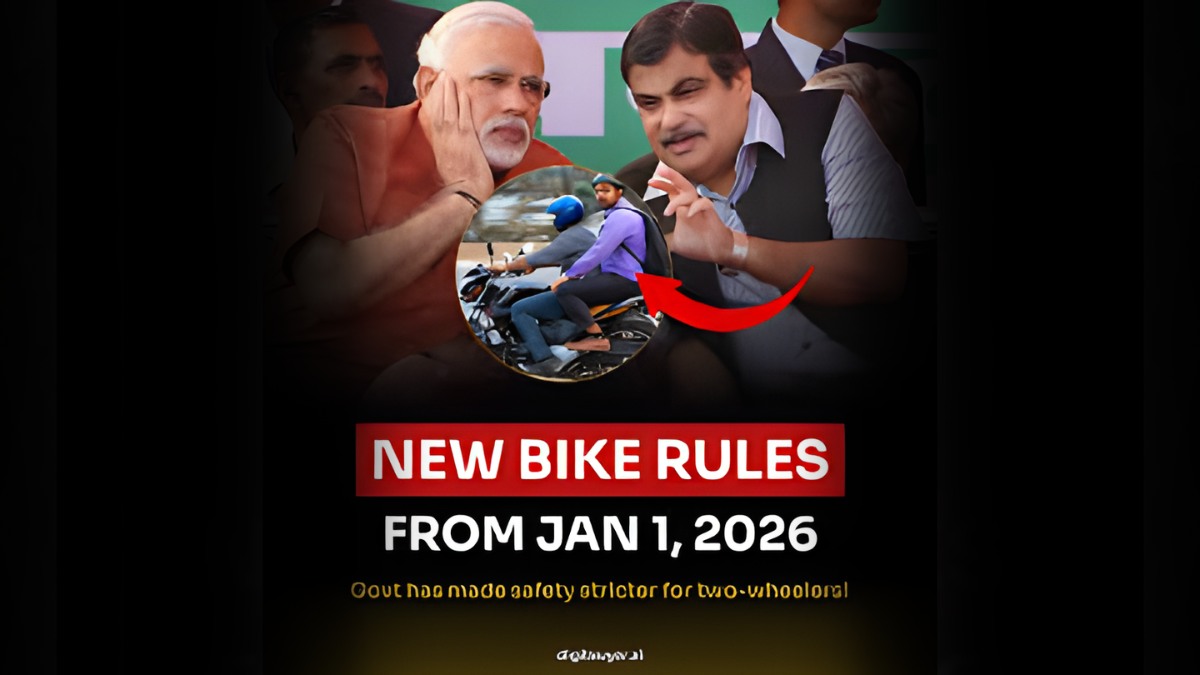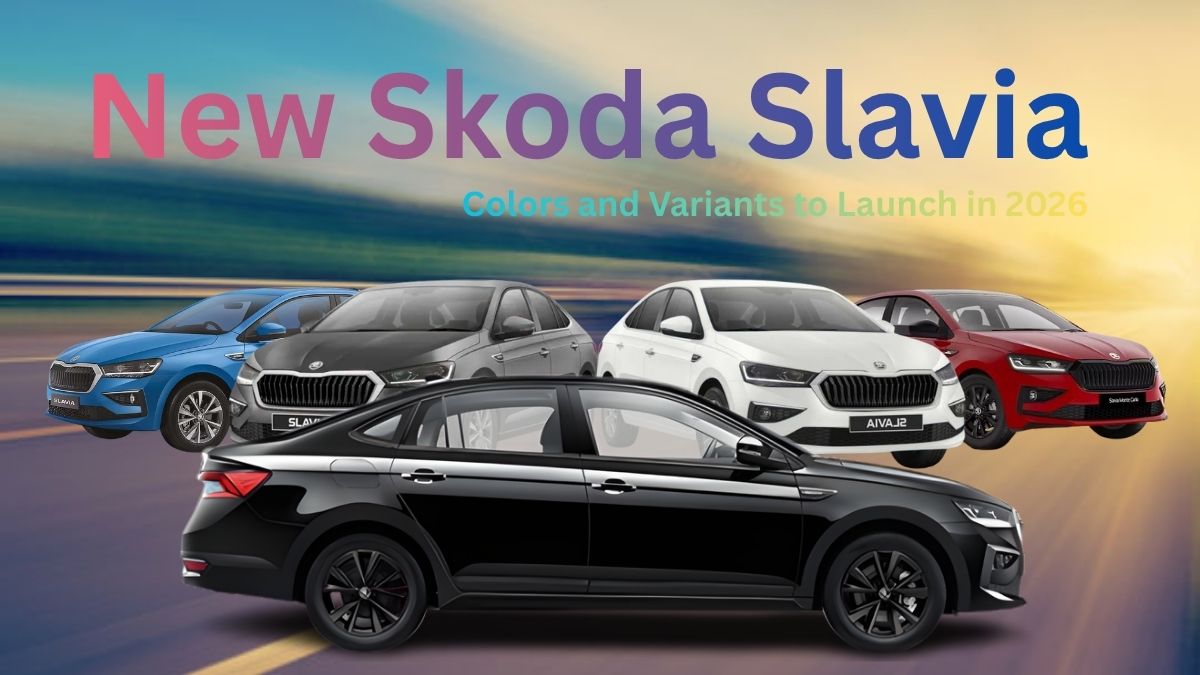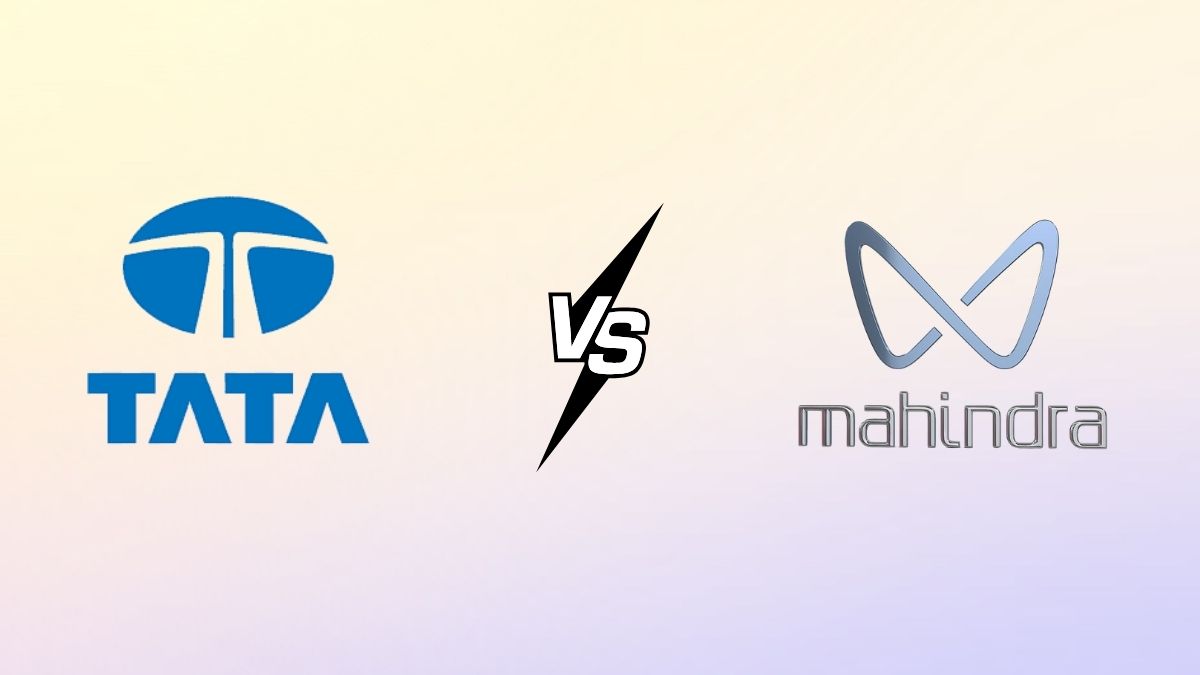Affordable EV war in 2026: Top 5 electric cars under ₹10 lakh coming this year
- Electric-Cars
- 18 Nov, 2025
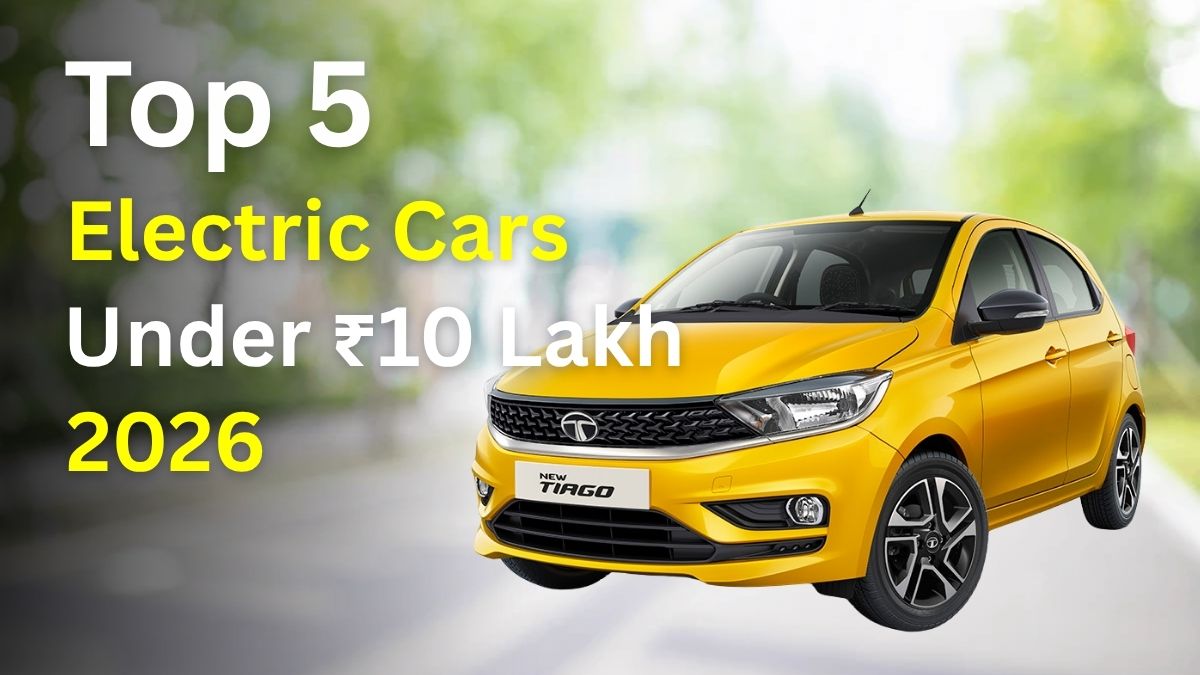
India’s EV market is heating up for 2026 — mass-market manufacturers are pushing small, affordable electric cars that aim squarely at city buyers and first-time EV adopters. Below are five models that either already sit near the ₹10-lakh mark or are expected to be priced under ₹10 lakh as they roll out this year — great options if your budget is tight but you want an electric drive.
1. Tata Tiago.ev
Tata’s compact Tiago.ev offers the best-known package in this segment: familiar city-car dimensions, Tata’s wide dealer and service network, and sensible range for daily commuting. The Tiago.ev’s base variants are widely listed around the ₹7.99-lakh mark (ex-showroom), making it one of the most affordable factory-new EVs with usable real-world range and features.
2. MG Comet EV
MG’s Comet EV targets buyers who want the cheapest possible route into electrified transport without resorting to used cars. Entry trims for the Comet have been listed with ex-showroom prices comfortably under ₹10 lakh, and the car’s compact footprint and light weight keep running costs low — ideal for city runs and short commutes.
3. Tata Punch EV (entry variant)
Tata’s Punch EV is a slightly taller, crossover-style city EV that brings SUV-like packaging to the small-car price point. Several price listings and industry roundups show the Punch EV’s entry-level variants trading very close to the ₹10-lakh threshold — making it a compelling pick for buyers who want a more upright driving position and a bit more cabin space.
4. MG Bingo EV
MG’s Bingo (and closely related small models) have been positioned to compete on price and simplicity — straightforward spec levels, compact dimensions and low running costs. Listings aggregators that track sub-₹10 lakh EVs include the Bingo among competitive options for budget EV shoppers. If MG keeps local pricing aggressive, the Bingo remains a strong candidate this year.
5. Vayve (Eva) and other micro-EVs
A new wave of micro-EV startups and low-cost makers — including models like the Vayve Eva — are targeting ultra-affordable ownership with very low entry prices (some published examples even list sub-₹4 lakh starting prices for the lightest city EVs). These vehicles are typically minimalistic, optimised strictly for short urban trips, and could disrupt the bottom end of the price ladder in 2026.
Why choose an EV under ₹10 lakh?
- Lowest running costs — electricity is cheaper than petrol per km, and maintenance is simpler (fewer moving parts).
- Urban practicality — these cars are small, easy to park, and ideal for daily city commutes.
- Lower total cost of ownership — government incentives, lower insurance/maintenance and falling battery costs make entry-level EVs economically attractive.
- Fresh tech for the price — even budget EVs now include useful modern features (regenerative braking, basic connected services, and improved battery warranties).
Conclusion
The affordable-EV war in 2026 is good news for buyers: mainstream and startup players are bringing models that finally make electric mobility accessible to the mass market. Whether you prefer a tried-and-tested name like Tata or MG, or an ultra-low-cost micro-EV from a newer brand, there’s a rising number of realistic sub-₹10 lakh choices. Make your pick based on real-world range for your daily needs, local service support, and battery warranty — those three factors matter more than headline price.
FAQ
Q: Are these prices ex-showroom or on-road?
A: The figures cited are typically ex-showroom estimates; on-road prices depend on state taxes, registration and any local incentives.
Q: Will sub-₹10 lakh EVs have acceptable range?
A: Many entry models offer practical city ranges (often 150–230 km per charge depending on spec). Micro-EVs prioritise very short urban hops, while compact hatch EVs give more flexibility for occasional longer trips.
Q: What about charging infrastructure for these cars?
A: For city buyers, home charging (overnight) covers most needs. Public fast chargers are growing quickly in larger cities — check local rollout plans before you buy. (Local availability varies.)
Q: Should I wait for 2026 launches or buy now?
A: If you need a car urgently, many affordable EVs are already available and represent excellent value. If you can wait and want a specific upcoming model, track firm launch dates and confirmed prices from manufacturers and trusted automotive portals.
Latest Electric Car News

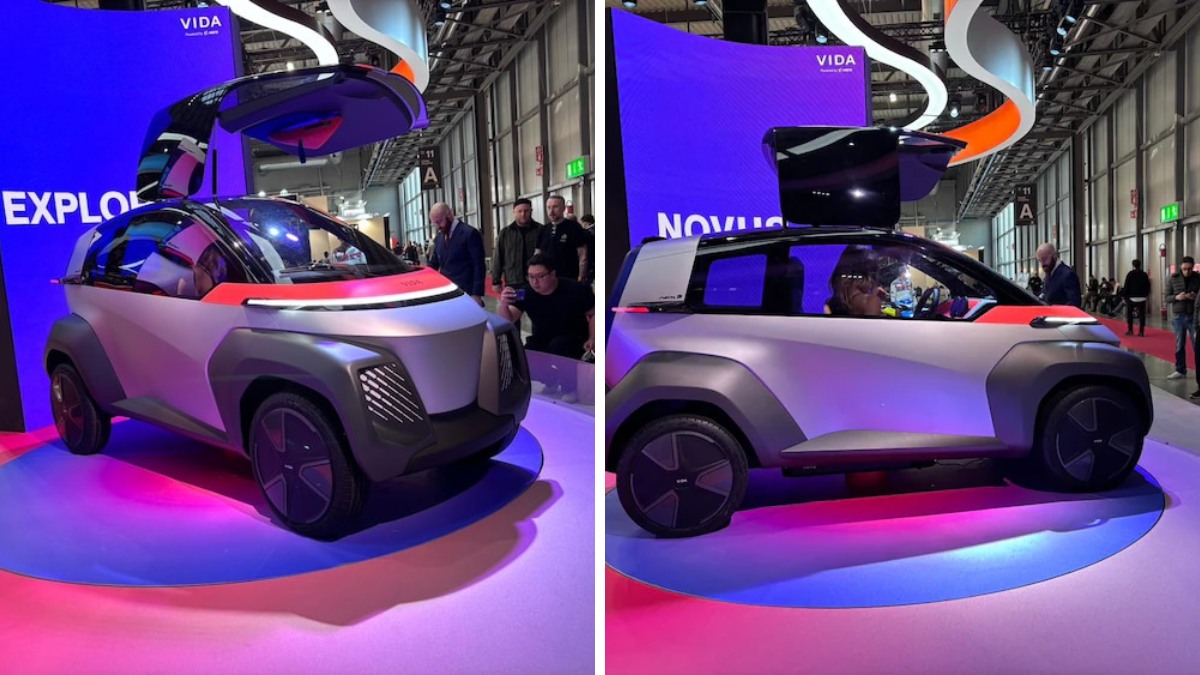
Hero MotoCorp’s Urban Micro-EV ‘Novus NEX 3’ Poised for India Launch Under Vida Brand
Hero MotoCorp’s Urban Micro-EV ‘Novus NEX 3’ Poised for India Launch Under Vida Brand
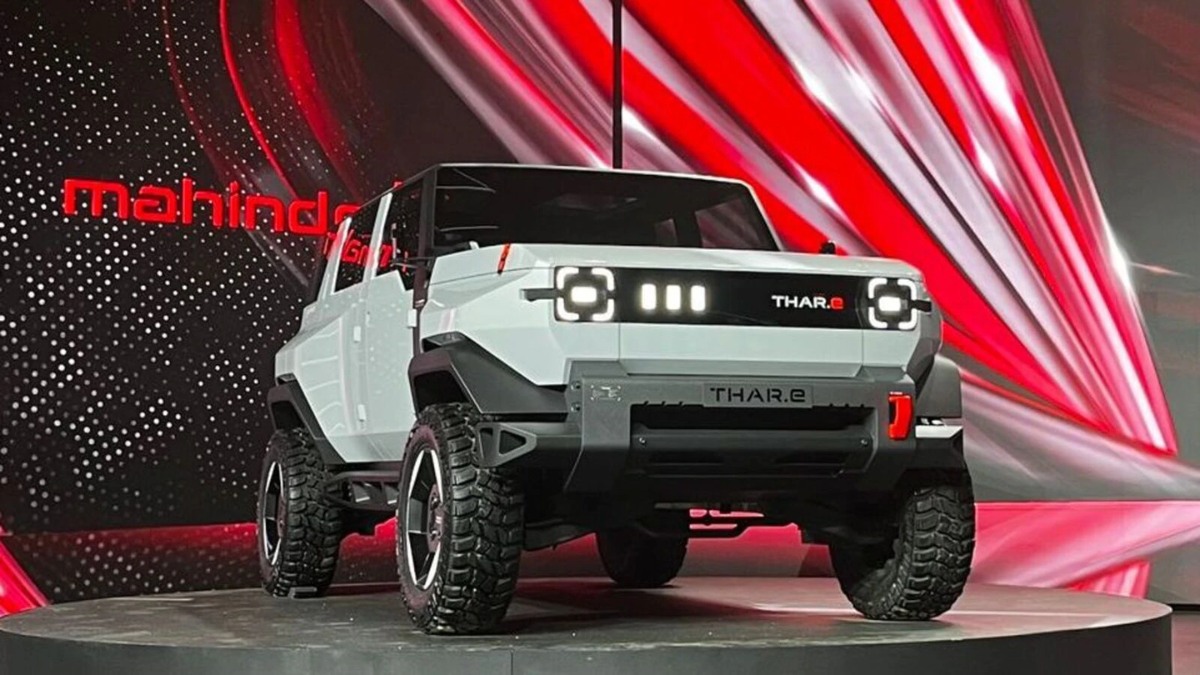
Mahindra Thar Electric India Launch – New Spy Shots Leak
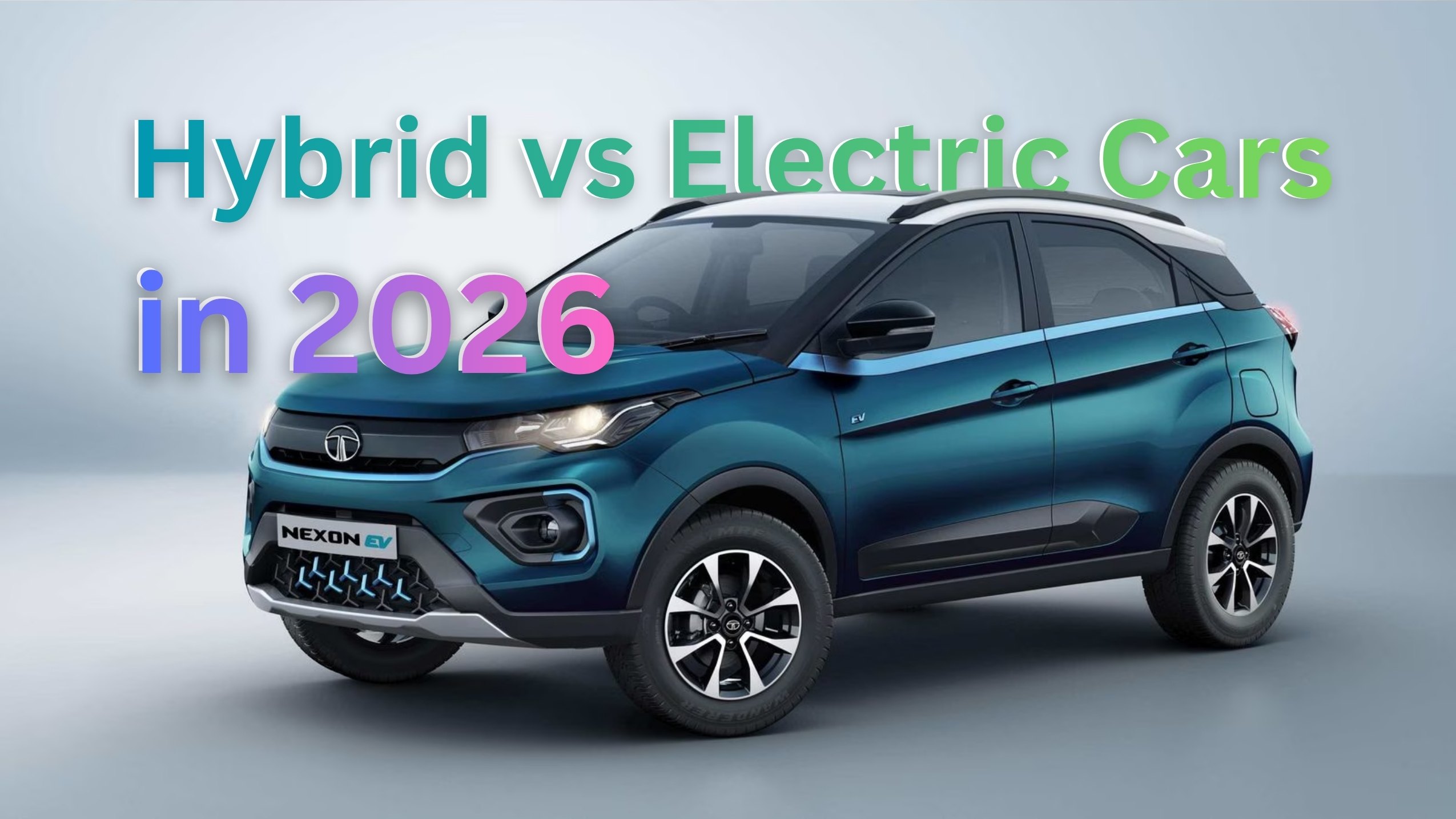
Hybrid vs Electric Cars in 2026 — Which Technology Wins for Indian Buyers?
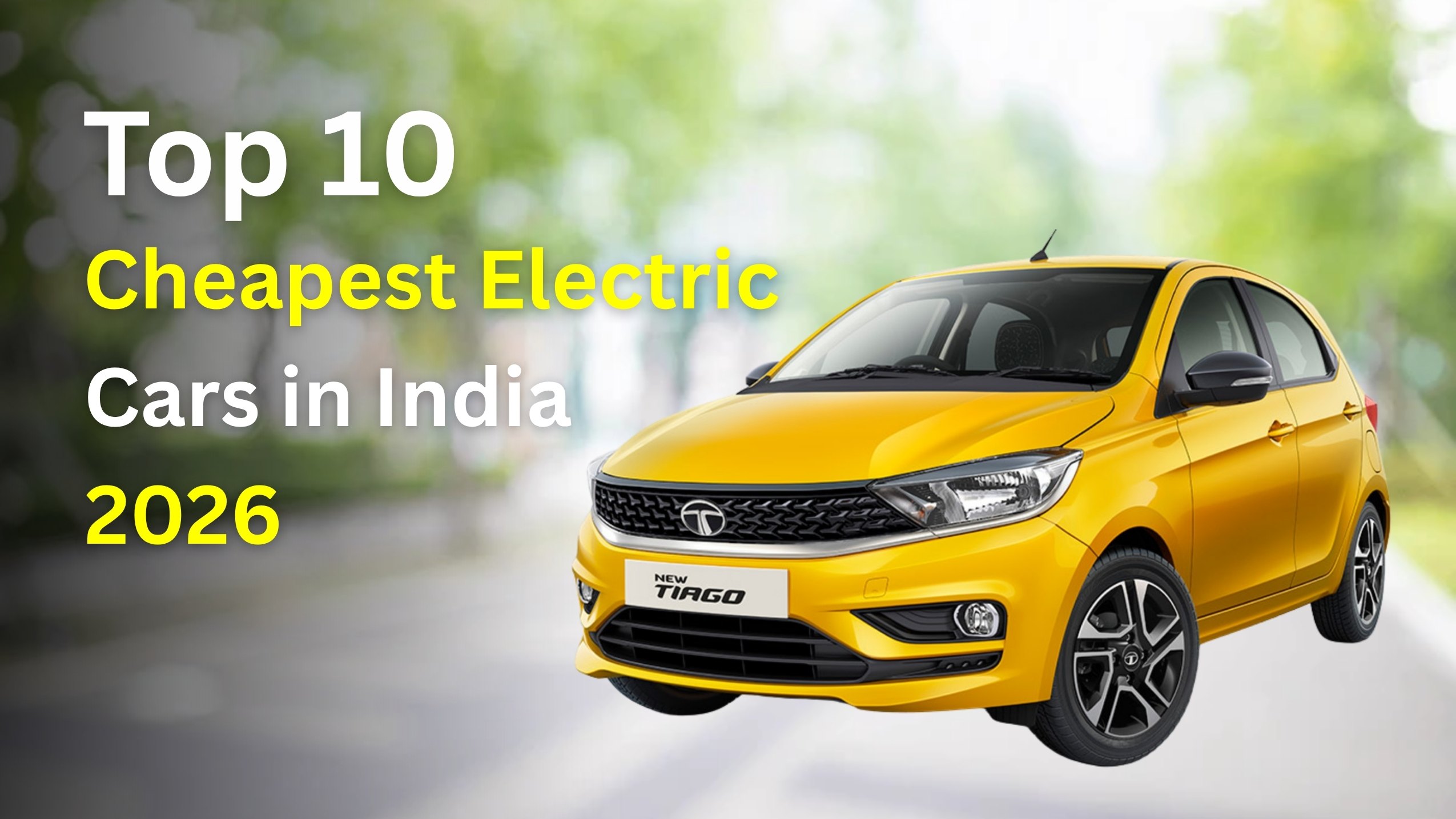
Top 10 Cheapest Electric Cars in India 2026 — Best EVs Under ₹10 Lakh!
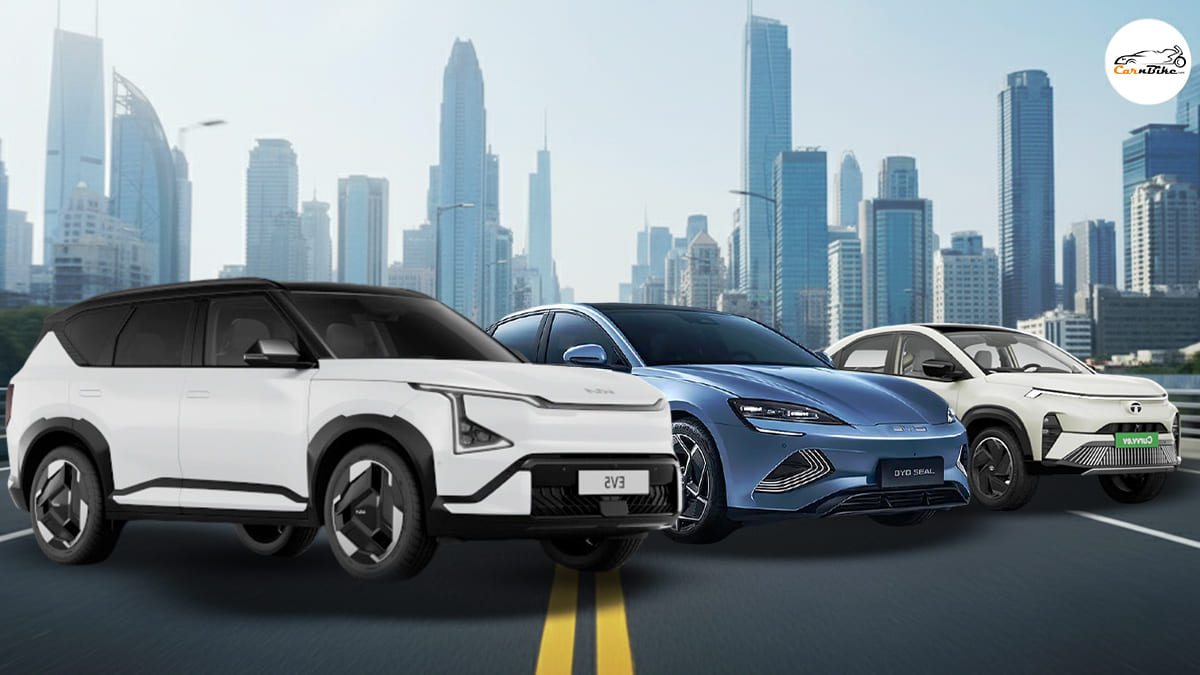
Top Electric Cars That Will Dominate Indian Roads in 2026
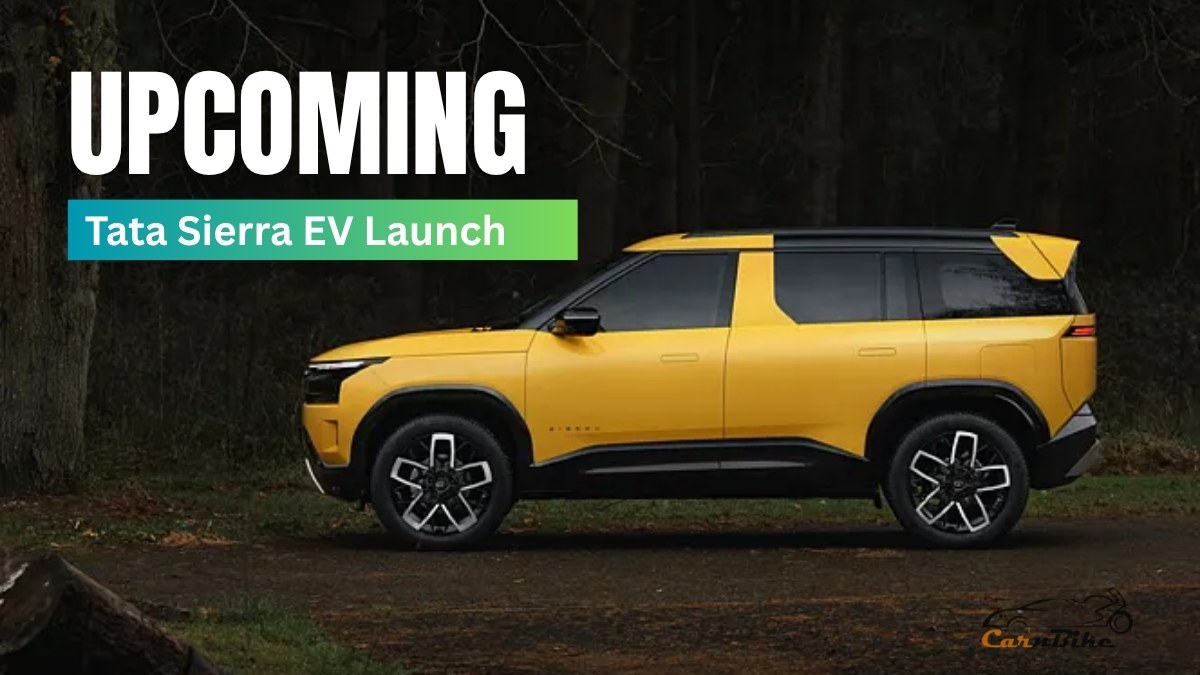
Tata Sierra EV Launch Timeline and Expected Pricing
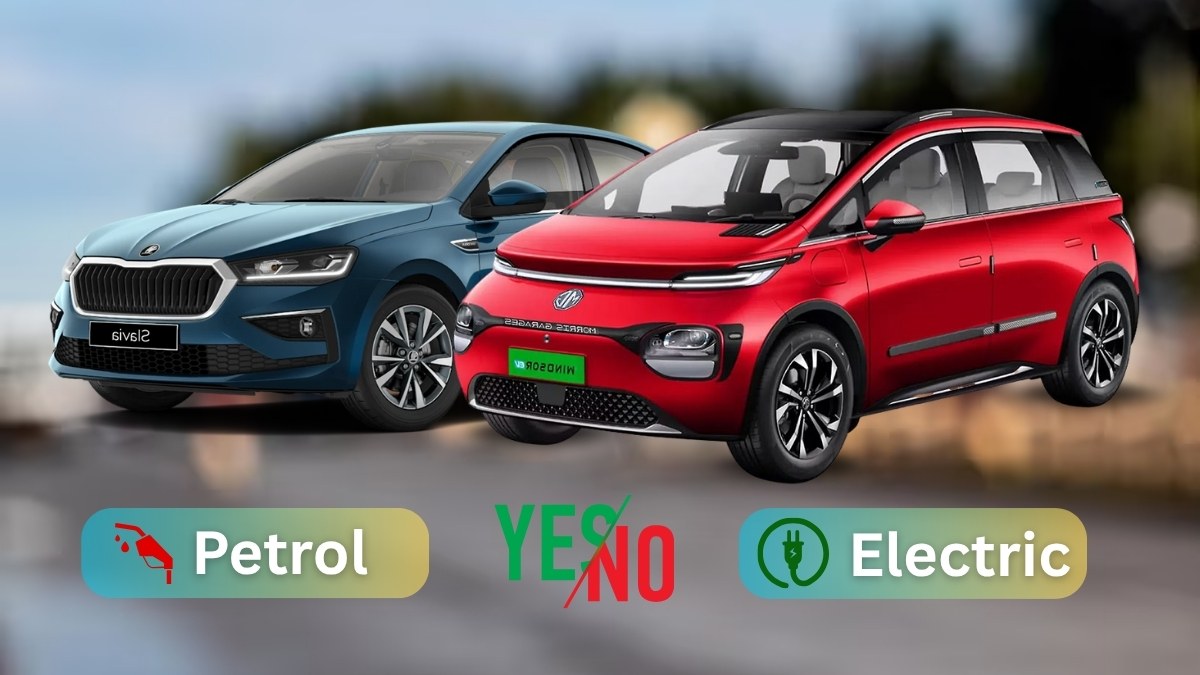
Electric Cars Are Booming — But Should You Still Buy Petrol in 2026?
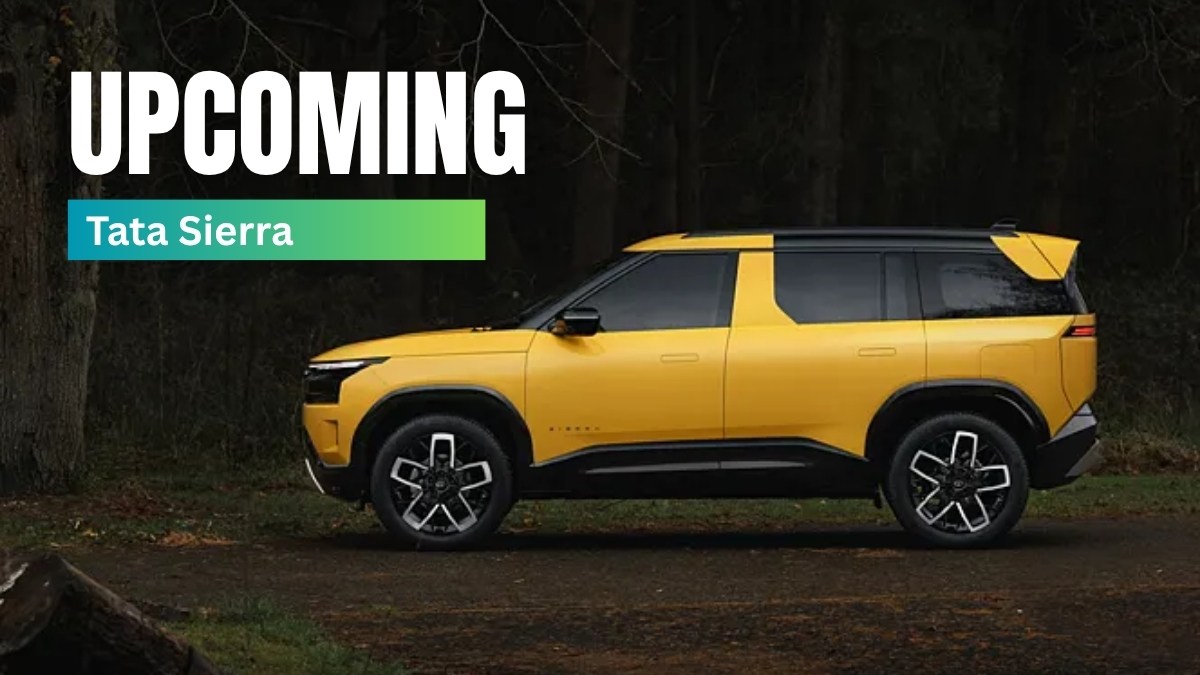
The Much-Anticipated Tata Sierra Is Back: Launching Late 2025 With ICE & EV Versions

Delay in the Premium EV Launch: Tata Avinya Gets Pushed Back — What That Means for Tata’s EV Ambitions
